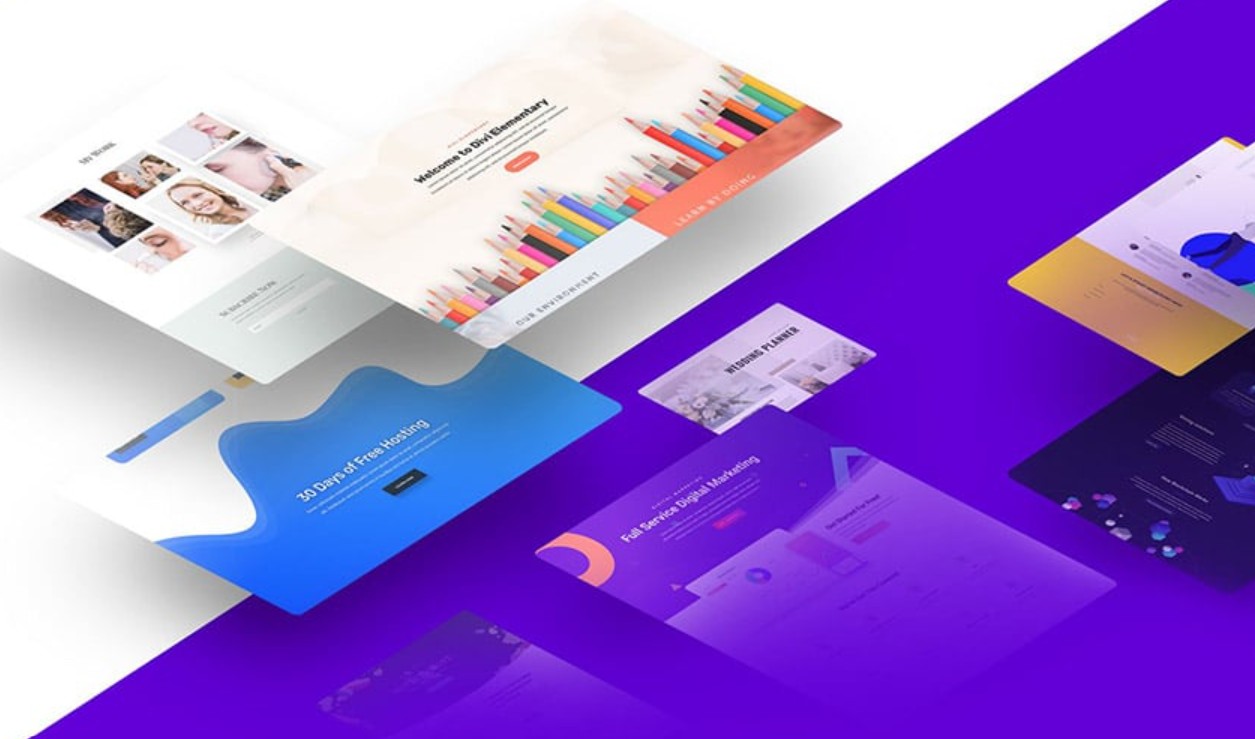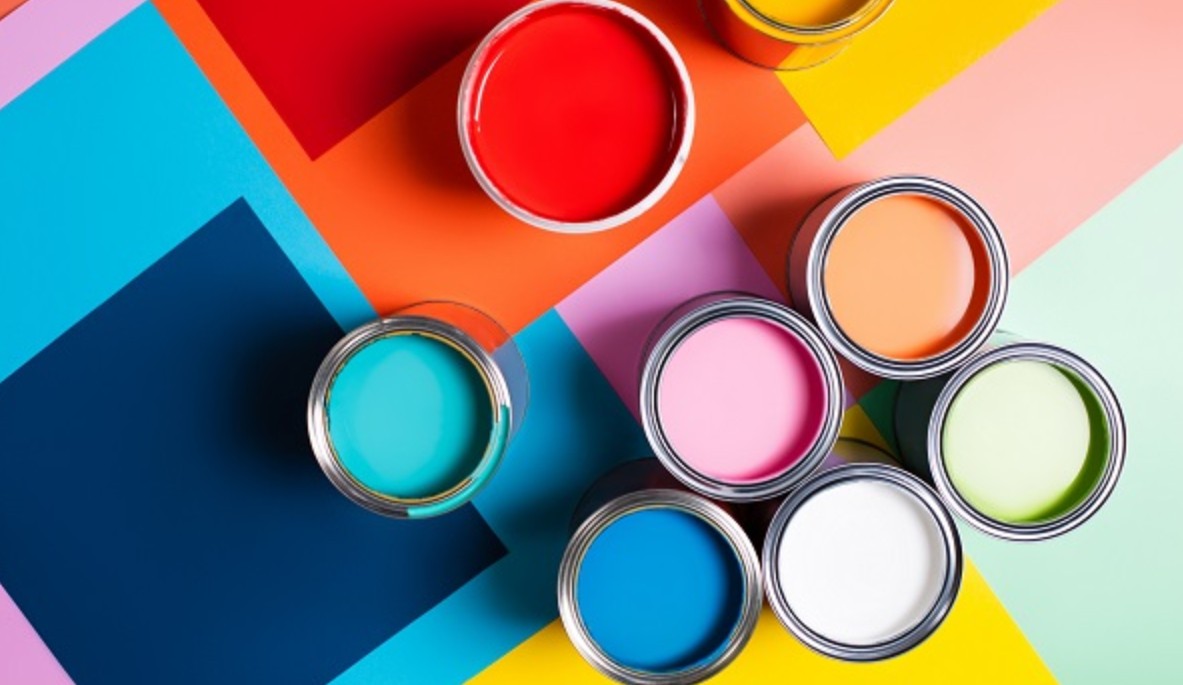Best Selling Products
Mockup – The Bridge Between Ideas and Products
Nội dung
- 1. The Importance of Mockups in Design
- 2. Definition of Mockup
- 2.1. Distinguish between Mockup, Wireframe and Prototype
- 2.2. The meaning of using Mockup
- 3. The Role of Mockups in the Design Process
- 3.1. Tools for communicating ideas visually
- 3.2. Collect feedback and make timely adjustments
- 3.3. Save cost and time
- 3.4. Brand orientation support
- 4. Professional Mockup Creation Process
- 5. Some Notes When Creating Effective Mockups
- 5.1. Ensure consistency
- 5.2. Update design trends
- 5.3. Interaction and feedback
- 6. List of tools to support mockup creation
Learn the concept of mockup from basic to advanced, the article explains its important role in modern design. You will see how mockup helps shape the brand, attract customers and optimize the user experience right from the first steps of the project.

As visual communication and vivid expression of ideas become increasingly necessary, the use of mockups has become an indispensable tool for designers, clients and businesses. But really, what is a mockup? What role does it play in the design process? And how to create a quality mockup that meets requirements? The following article will explore with SaDesign the journey of mockups from the initial vague ideas until they become a vivid and convincing visual product!
1. The Importance of Mockups in Design
In the fiercely competitive context of the design industry, conveying ideas visually, clearly and effectively is always a top priority. Mockup - a static design showing the product interface is a bridge that helps designers and customers easily exchange ideas, give feedback and edit products before putting them into production or further development.
Mockup is not just a simple illustration but also a tool to test the layout, color, typography and the entire style of the product. With the development of modern design software such as Photoshop, Illustrator, Sketch or Figma, creating mockups is becoming easier, faster and more professional.
(1).png)
2. Definition of Mockup
A mockup is a static design created to simulate the interface of a product, application or website. It allows viewers to visualize what the final product will look like through visual elements such as color, typography, images and overall layout. A quality mockup must not only be beautiful but also convey the design idea accurately, helping customers feel the "emotion" that the product wants to convey.
2.1. Distinguish between Mockup, Wireframe and Prototype
In the design process, besides mockup, there are other concepts such as wireframe and prototype. Each concept has its own role and purpose:
Wireframe:
This is a rough sketch that shows the structure of a website or app in simple blocks. A wireframe focuses on the layout and placement of elements, not on details like colors or images. It acts as a skeleton of the product, helping to define the placement of each major component.
(1).png)
Prototype:
Prototype is a highly interactive sample that allows users to “experience” the product as if it were actually used. It not only displays images but also demonstrates functions, motion effects, and user interactions. Prototype helps test the user experience (UX) and evaluate the product’s performance.
Mockup:
While wireframes focus on structure and prototypes focus on interactions, mockups emphasize the visuals, colors, and overall style of the product. This is the most detailed version of the design before moving on to the development or manufacturing phase.
2.2. The meaning of using Mockup
Creating mockups helps designers and customers have a visual look, helping to shape the style of the product. When customers look at the mockup, they will easily see the strengths and aspects that need improvement, thereby giving accurate and timely feedback. This not only creates trust but also saves time and costs, avoiding having to change the design later when the product has been fully developed.
(1).png)
3. The Role of Mockups in the Design Process
3.1. Tools for communicating ideas visually
Mockups act as a bridge between abstract ideas and vivid images. During the working process, designers often have difficulty explaining ideas to customers through words or rough drawings. With mockups, customers will be able to directly "see" the product, feel the harmony of color, layout and design style. This creates consensus between the two parties, helping the project progress more smoothly.
3.2. Collect feedback and make timely adjustments
One of the important roles of mockups is to facilitate the process of receiving feedback from customers, partners or design teams. Through this, imperfections or inappropriate elements will be detected early. At that time, designers can quickly edit and complete the mockup before putting it into actual development.
This interaction not only ensures that the final product meets customer expectations, but also saves time and money compared to discovering errors after the project has been implemented.
(1).png)
3.3. Save cost and time
Early detection of design limitations and errors through mockups is a key factor in minimizing risks and saving costs. Once a mockup is available, stakeholders can quickly identify errors and make adjustments without having to spend a lot of time building future development versions. This is also the reason why many businesses, especially professional-oriented companies like SaDesign, always prioritize using mockups in the design process.
3.4. Brand orientation support
A well-crafted mockup will clearly show the brand identity elements such as colors, fonts, logos and overall design style. This helps ensure that the final product will match the pre-defined brand image, creating consistency and professionalism in the eyes of customers. When customers see consistency in the design, they will feel more confident and secure when choosing the business's products or services.
On that basis, mockup is not only a tool to support the transmission of ideas but also a key factor in brand building, contributing to creating a strong and lasting impression in the minds of customers.
4. Professional Mockup Creation Process
(1).png)
After you understand what a mockup is, do you want to learn how to make a mockup? Below, SaDesign will guide everyone through the simplest and most effective steps to make a mockup!
Step 1. First, you need to access Google and type in “Mockup…”. Depending on which mockup you want to design, the system will display many different related keywords.
Step 2. Then, let's choose a website that allows free mockup design, then you download it. Users can choose freely according to their preferences and desires.
Step 3. Open the photoshop software and the mockup file you just downloaded on the interface screen. Then we will unzip it, there will be 3 files, you choose the .psd file of the mockup on photoshop. You must pay special attention to the Layer named "Placeholder".
Step 4. We put our logo into the mockup file. Next, double-click on the Layer named “Place your design here” or “Placeholder” and a new file will open, containing the demo logo image.
Step 5. Then drag and drop the logo file into the newly opened file to align it most appropriately and then save the .png file as an image.
Step 6. Finally, change the image as you wish before exporting the file.
(1).png)
5. Some Notes When Creating Effective Mockups
While the mockup creation process can be broken down into clear steps, to achieve maximum efficiency, there are a few small but important considerations to keep in mind:
5.1. Ensure consistency
One of the key elements that makes the final product look professional is consistency in design:
Brand elements consistency: From colors, fonts to images need to be consistent with the pre-established brand identity.
Maintain a consistent style: All design elements should follow a common style, avoiding mixing unrelated elements that disrupt harmony.
5.2. Update design trends
The design world is always changing and updating new trends.
Catch the trend: Always follow and apply modern design trends so that the mockup does not become outdated.
Flexible creativity: Even though it follows trends, always maintain your own uniqueness, reflecting the identity of the product and brand.
(1).png)
5.3. Interaction and feedback
The process of creating a mockup is a continuous interaction between the designer and the client:
Open communication: Always listen and communicate openly to accurately grasp customer expectations.
Quick Response: Adjusting mockups based on feedback quickly saves time and builds trust between both parties.
6. List of tools to support mockup creation
Here are some tools you can refer to to create mockups effectively:
Adobe Photoshop & Illustrator: Ideal for image manipulation and creating intensive graphic elements.
Sketch: Advantages are simple, intuitive interface and specialized for user interface design.
Figma: Supports real-time collaboration, the top choice for many modern design teams.
InVision: Online prototyping and mockup tool that makes presenting and collecting customer feedback easy.
In the design process, mockup is the “companion” that helps transform ideas from rough sketches into a vivid visual product that accurately reflects the message and values of the brand. Through this article, we hope you have a comprehensive view of what a mockup is, its role and the process of creating a quality mockup.












































